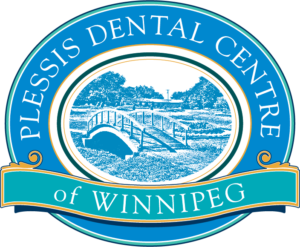Your gums are a very important part of maintaining oral health & keeping your teeth healthy. They protect the roots of your teeth by creating a seal around them. Keeping your gums healthy will help you avoid infections as well as gum recession, which can be caused by over-brushing, periodontal disease & bruxism (teeth grinding).
Regardless of the cause, gum recession can expose areas of your teeth that aren’t protected by enamel, causing pain & sensitivity. Because this allows bacteria to completely bypass the protective layers of teeth, gum recession can also cause greater tooth decay, which in turn can mean you’ll need root canals or extractions sooner. Additionally, gum recession can negatively impact your smile by making your teeth appear longer.
What Is Gum Grafting?
In a gum grafting procedure, gum tissue is taken from the soft palate (at the back of the roof of the mouth) to cover areas of the teeth exposed by gum recession. This graft helps protect exposed areas of the teeth & roots from bacteria & tartar & helps reduce pain & sensitivity.
Mild cases of gum recession can be treated with scaling & root planing, a non-invasive procedure in which your dentist cleans areas exposed by gum recession, as well as spaces underneath your gums that are prone to collecting decay-causing bacteria. In advanced cases where scaling & root planing is not enough to treat gum recession, a gum grafting procedure attaches new gum tissue to exposed areas of the teeth & roots.
Procedure Overview
- There are three main types of gum grafts: free gingival grafts, subepithelial connective tissue grafts & pedicle grafts. Free gingival grafts are taken from the surface of the soft palate, while subepithelial connective tissue grafts are taken from beneath a flap cut from the soft palate. Pedicle grafts use gum tissue from an area right next to the recession. Donor tissue may also be used.
- Once the graft tissue has been retrieved, it is attached to the area where the gum has receded with sutures.
Aftercare
After the graft, your gums & the site of the graft may be tender. You’ll need to eat soft foods for a week or two & avoid picking at any stitches. Once your dentist removes the stitches, you’ll be able to return to your regular diet.
Although gum grafting can help slow or even stop gum recession & infection, the gums are still vulnerable to infection & recession, so it’s very important to keep up with oral hygiene habits. Regular visits to your dentist in addition to daily brushing & flossing will help keep your gums healthy!


